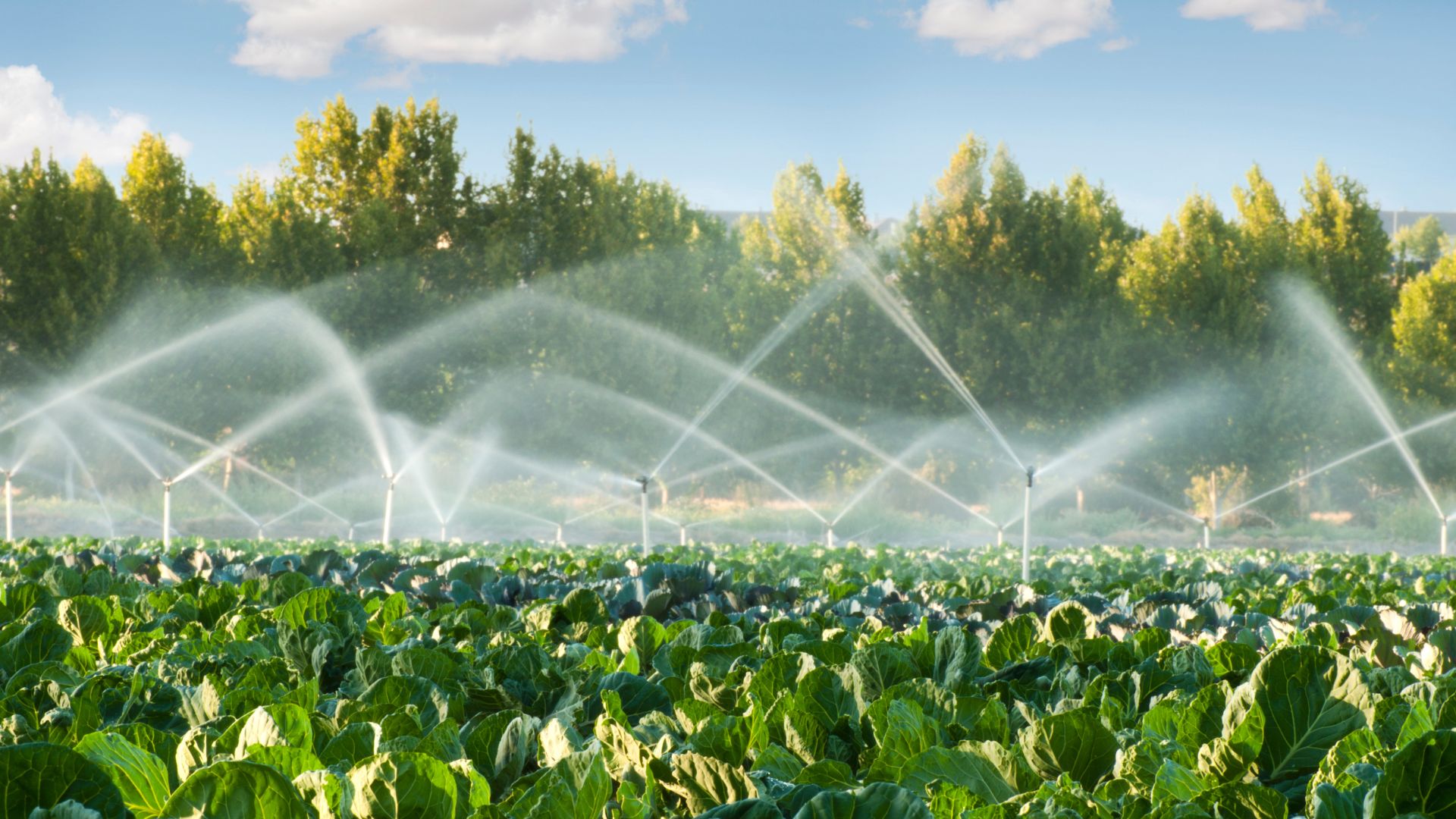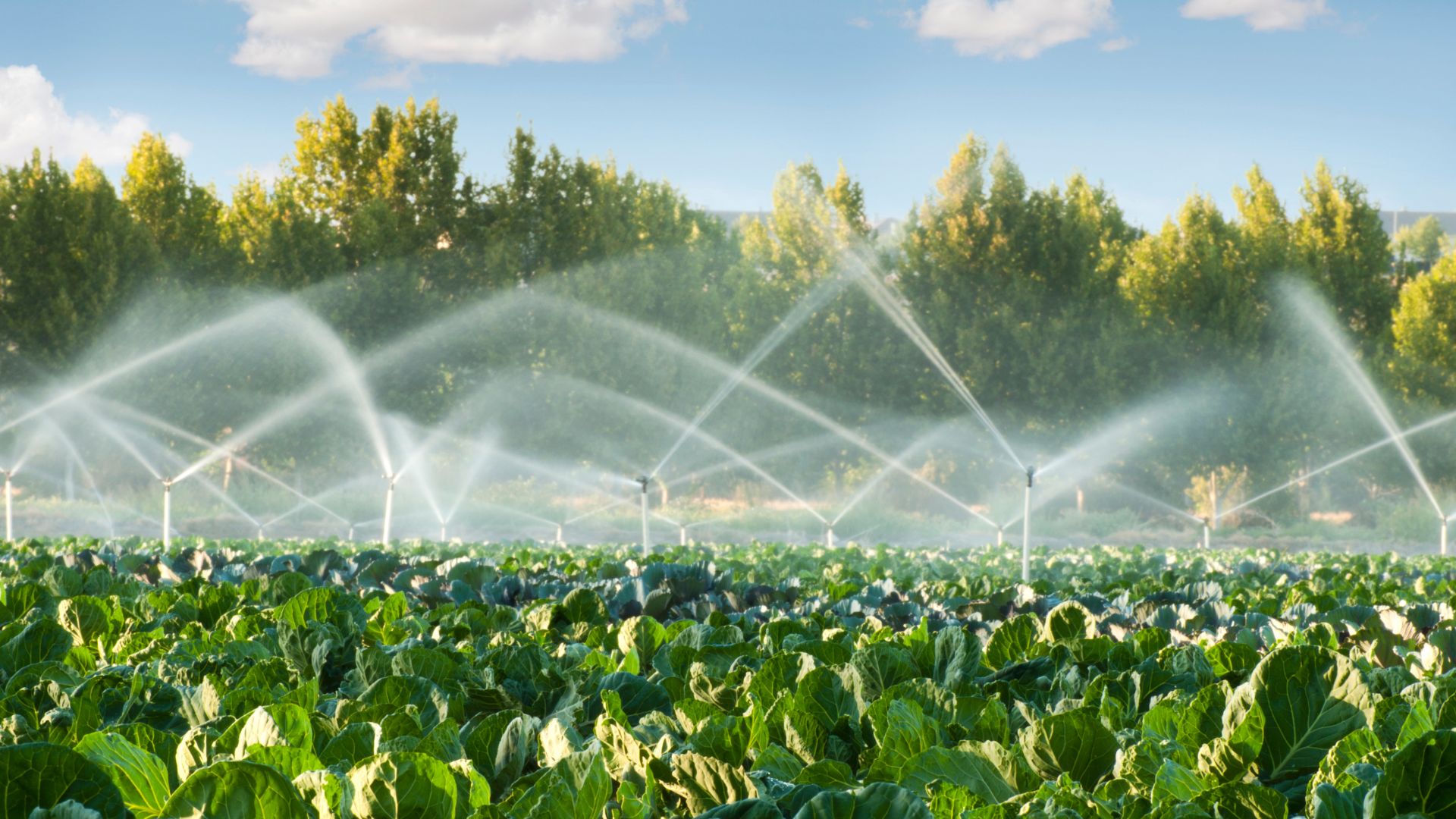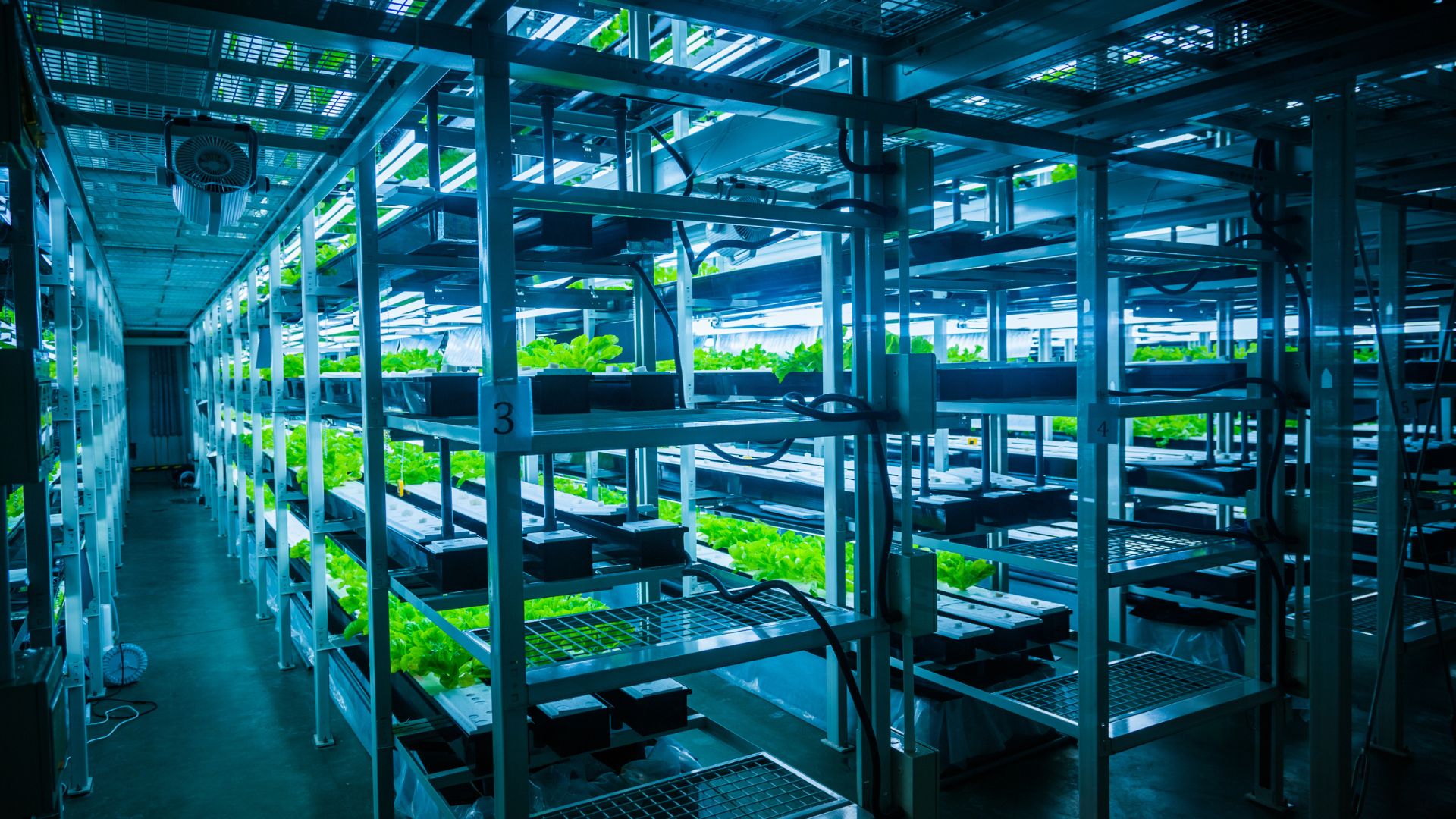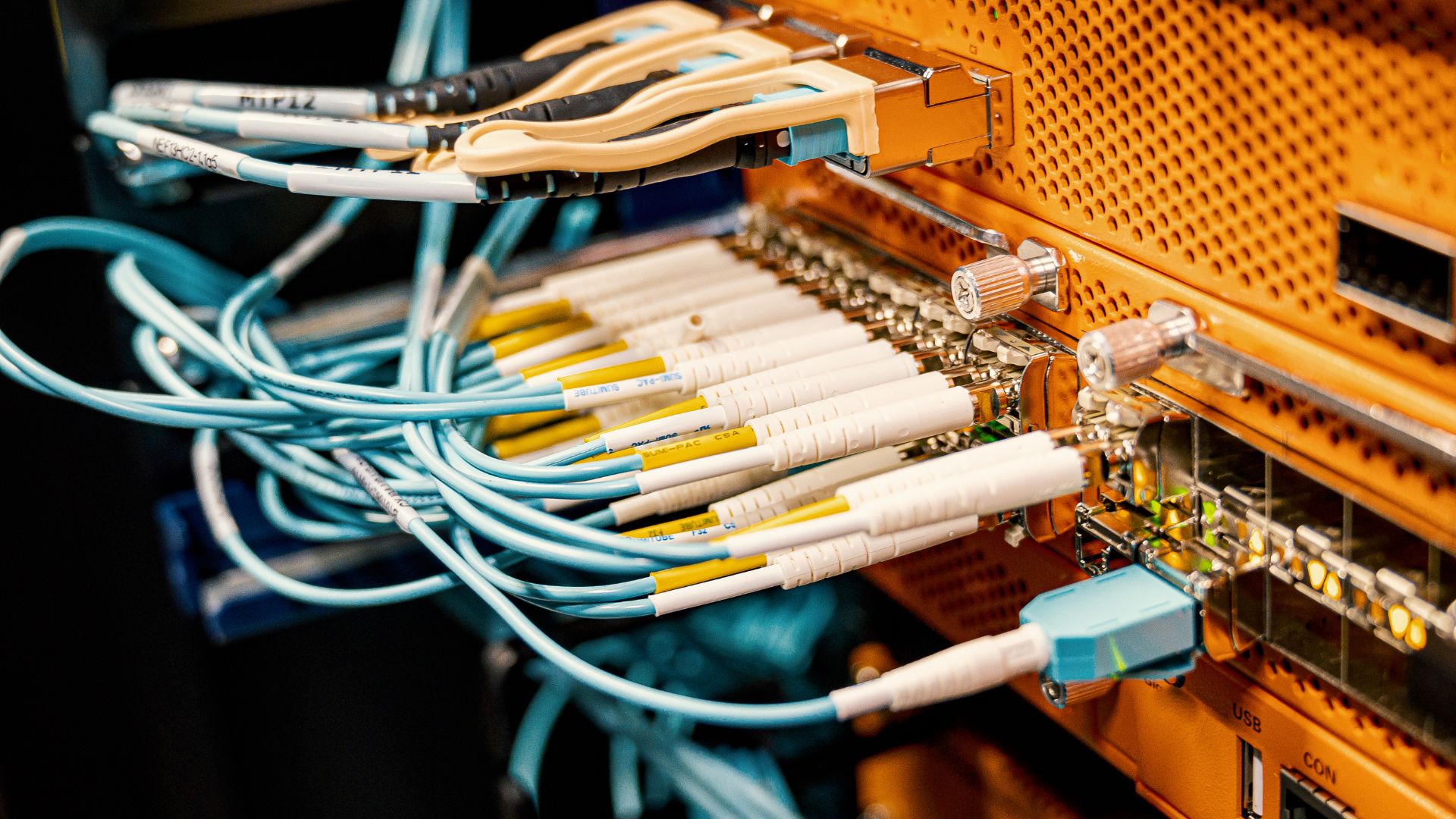Case Study: Sensor Networks in Smart Agriculture Systems

Agriculture has increasingly adopted smart technologies to enhance productivity, optimize resource use, and improve crop yields. One of the most transformative innovations is the deployment of sensor networks that provide real-time data to farmers and agronomists. This case study explores how a smart agriculture system has leveraged sensor networks to revolutionize farming.

Project Overview: Smart Irrigation and Soil Monitoring
A large-scale farming operation in the Midwest implemented an IoT-based sensor network to monitor soil conditions, automate irrigation, and optimize fertilizer use. The goal was to improve water efficiency, reduce waste, and increase crop yields.

Types of Sensors Used
The system integrated multiple types of sensors to collect and analyze critical data:
- Soil Moisture Sensors: These sensors detect moisture levels in the soil, helping farmers decide when and how much to irrigate.
- Temperature and Humidity Sensors: Monitoring environmental conditions allows for better climate adaptation strategies.
- pH and Nutrient Sensors: These sensors track soil acidity and nutrient levels, enabling precise fertilizer application.
- Weather Sensors: Real-time weather forecasting sensors help anticipate rainfall and adjust irrigation schedules accordingly.
- Remote Camera Drones: Used for visual monitoring of crop health and pest detection.

Implementation and Benefits
The farm deployed a wireless network of sensors connected to a cloud-based analytics platform. The system used machine learning algorithms to analyze the collected data and generate automated irrigation schedules. Key benefits included:
- 30% Reduction in Water Consumption: Precise irrigation scheduling minimized water waste.
- Increased Crop Yields: Crops received optimal nutrients and moisture, leading to healthier plants and higher productivity.
- Cost Savings on Fertilizers and Pesticides: Data-driven application of chemicals reduced excess usage, saving costs and minimizing environmental impact.
- Real-Time Monitoring and Alerts: Farmers received mobile notifications on soil conditions, weather changes, and pest infestations.

Challenges and Future Improvements
While the system provided substantial benefits, challenges included sensor calibration, maintenance costs, and network connectivity in remote areas. Future improvements could involve integrating energy harvesting sensors to reduce power dependency and further enhancing AI-driven decision-making.
By implementing sensor networks in smart agriculture, farmers can make data-driven decisions that improve efficiency, sustainability, and profitability, paving the way for the future of precision farming.


